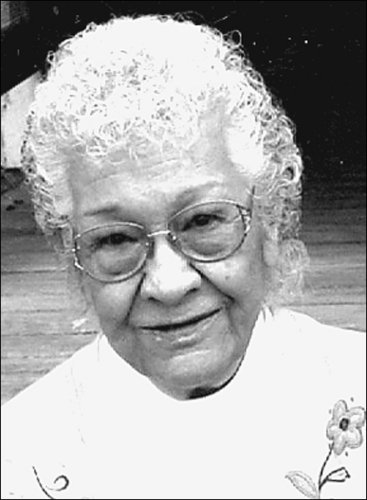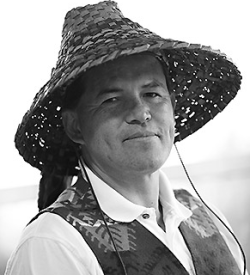By Duane Champagne, ICTMN
Poverty is a root cause of crime, and without solving the poverty issue it may not be possible to solve the violent crime issues plaguing Indian reservations. Where there are high rates of poverty, so there are high rates of crime. The official poverty rate for individual Indians in the United States on reservations is 29.4 percent, compared to the U.S. national average of 15.3 percent. The reservation poverty rate for Indian families on reservations is 36 percent, compared to the national average of 9.2 percent. Urban Indians have a poverty rate of 22 percent, which is better than reservation poverty rates. Some of the worst poverty rates are on reservations in the states of Washington, California, Wisconsin, Michigan, North Dakota, South Dakota, Arizona and New Mexico, where poverty rates often are higher than 60 percent.
Poverty is associated with low income, high unemployment, poor health, substandard housing, lack of market opportunities, and low educational achievement. Cycles of poverty are extremely difficult to break and tend to last over generations.
Poverty is closely related to social distress. Impoverished persons are more likely to be engaged in underground economy, use drugs and alcohol, which, in turn are highly associatied with violent crimes, domestic violence, and high crime rates.
In 2009, rapes in Indian country outpaced the total in Detroit, which is one of the most violent cities in the United States. Violent crime in Indian country increased during the 2000 to 2010 decade. Over the same decade, national violent crime rates fell, while Indian country violent crime rose by 29 percent.
Murder rates in Indian country increased 41 percent between 2000 and 2009. Nevertheless, federal funding for police and courts serving Indian country declined during the same period. While the decline in federal funding of public safety in Indian country may account for the rise in violent crimes, the funding decline does not account for the persistence of high rates of violent crime. More police, courts and jails will only partially address the fundamental issues of violence associated with poverty and social distress.
A recent study on high violent crime rates in U.S. cities points to the relations between poverty and violent crime. The 10 cities with the highest violent crime rates all had poverty rates over 20 percent, while the cities with the worst violent crime rates had poverty rates from 30 to 41 percent. On a per capita basis, cities provide more funds to police, courts, and jails than Indian reservations.
U.S. cities and counties also pride themselves on having better trained police, courts, and incarceration facilities. The two worse cities for violent crimes were Flint, Michigan, and Detroit, Michigan. Flint has a poverty rate of 40.3 percent and Detroit’s poverty rate is 40.9 percent. These statistics suggest that much of the violent crime on Indian reservations is highly associated with poverty, and increase funding of public safety, by itself, may not significantly curtail violent crime and improve public safety.
Indian reservations with poverty rates above 30 percent are particularly at risk. High rates of violent crime on reservations can be expected on reservations like Pine Ridge and San Carlos, which both have poverty rates over 50 percent. High rates of poverty combined with justice discrimination and cultural marginalization may account for higher rates of violent crime on Indian reservations than the rest of the nation. More investment in police, courts and public safety are necessary, but not sufficient for reducing crime and restoring healthy tribal communities.
More police and courts may help contain violent crimes, but do not address the root causes of crime. Solving the poverty issues in Indian country is only a partial solution. Federal Indian policies, and tribal governments need to meet the challenges of providing college education for tribal youth, achieve market sustainability, provide jobs to tribal members, restore individual health, improve housing, support cultural renewal, and reestablish the exercise the inherent powers of tribal governments. High crime rates are symptoms of deeper social and cultural distress, and there will be no solution to high rates of crime without solving the causes of distress.
Read more at http://indiancountrytodaymedianetwork.com/2013/10/06/breaking-cycle-poverty-and-crime-indian-country-151430
















